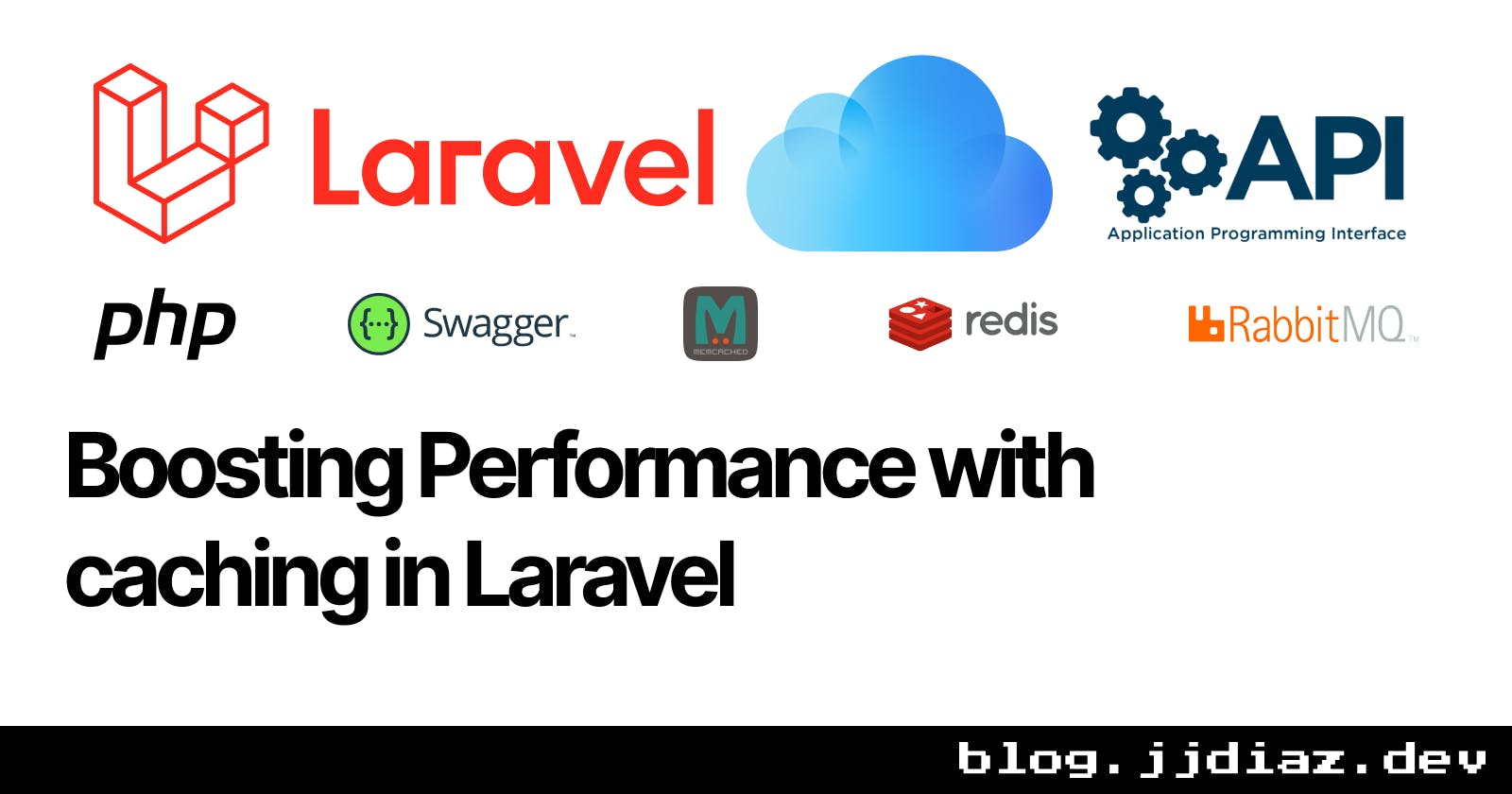Boosting Performance with Caching in Laravel
Enhancing User Experience with Caching in Laravel
Caching is a technique that is used to store data in a temporary location in order to reduce the number of expensive operations, such as database queries, that an API needs to perform. By implementing caching in your API, you can significantly improve its performance and scalability. In this blog post, we will explore how to implement caching in a Laravel API using built-in support for various caching backends, such as Redis and Memcached.

What is caching?
Caching is the process of storing data in a temporary location in order to reduce the number of expensive operations that need to be performed in order to retrieve that data. When data is requested from an API, it is first checked in the cache to see if it is available. If it is, the data is retrieved from the cache and returned to the client. If it is not, the data is retrieved from the underlying data store and then stored in the cache for future use.
Why use caching?
There are several benefits to using caching in your API:
Improved performance: Caching can significantly improve the performance of your API by reducing the number of expensive operations, such as database queries, that need to be performed.
Reduced load on the server: By storing data in the cache, you can reduce the load on the server and improve the scalability of your API.
Enhanced user experience: Caching can also improve the user experience by reducing the amount of time it takes for data to be retrieved and returned to the client.
How to implement caching in Laravel
Laravel provides built-in support for various caching backends, such as Redis and Memcached. Here is how you can implement caching in your Laravel API:
Choose a cache driver: Laravel supports several cache drivers, such as file, database, Redis, and Memcached. You will need to choose a cache driver and set it up in your Laravel project.
Use the cache facade: Laravel provides a cache facade that you can use to interact with the cache. The cache facade provides methods for storing, retrieving, and deleting data from the cache.
Cache expensive operations: To cache expensive operations, you will need to wrap them in a cache call. For example, you might use the
remembermethod to store the results of a database query in the cache.
Conclusion
Implementing caching in your Laravel API can significantly improve its performance and scalability by reducing the number of expensive operations, such as database queries, that need to be performed.
By using built-in support for various caching backends, such as Redis and Memcached, you can easily implement caching in your API and take advantage of its benefits. If you want to improve the performance and scalability of your API, be sure to consider implementing caching.

